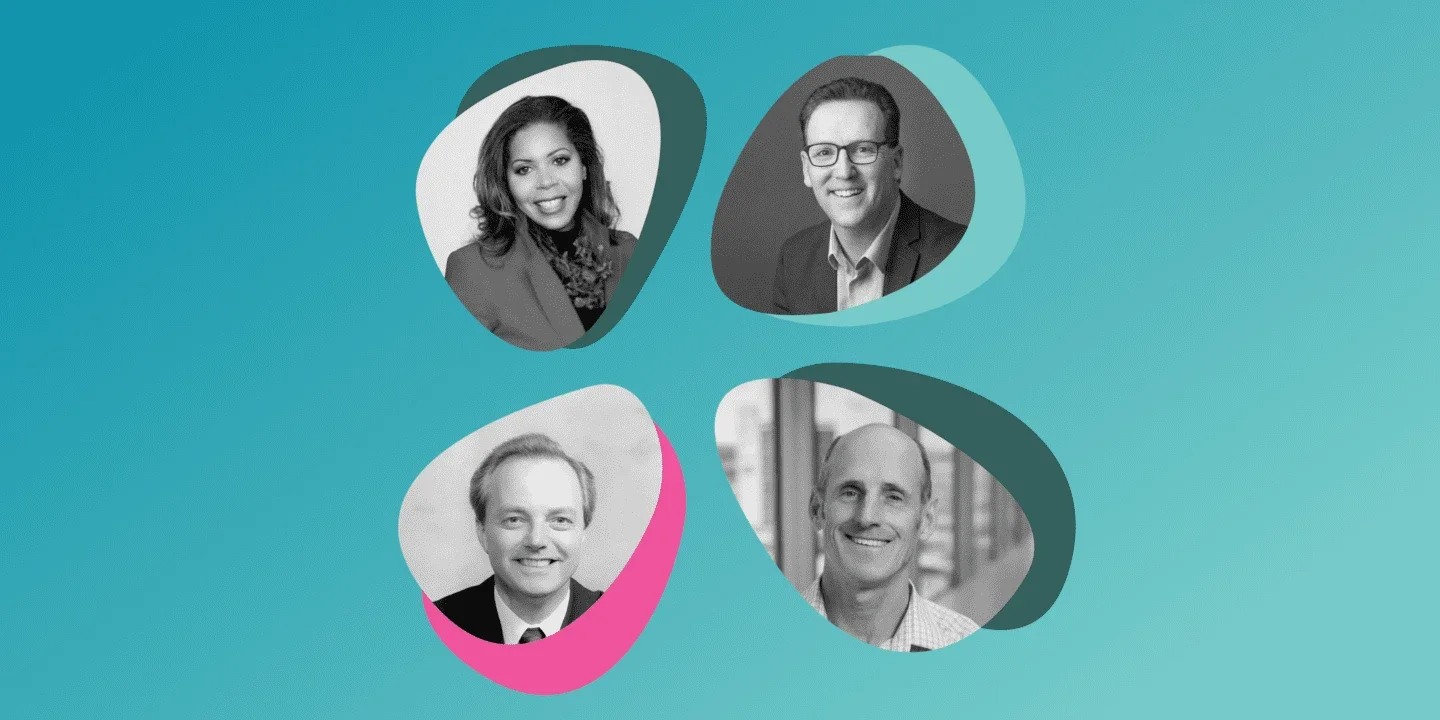A new way to fight hunger was born at Bellagio. Over three days in 1969, The Rockefeller Foundation brought together a small group of scientists, policymakers, and funders to discuss how research could reshape global food and agricultural aid.
What emerged was a breakthrough that shifted the focus from food shipments to developing and sharing agricultural technology. It led to the launch of a new organization, CGIAR, dedicated to supporting research and making knowledge and materials available to developing countries. Over the past 50 years, innovations launched by CGIAR have changed the lives of billions of people around the world.
Gary Toenniessen, who led The Rockefeller Foundation’s food security efforts for many years, sees the spirit of connection and shared purpose from that initial convening living on in CGIAR’s work today. And in a world wrestling with climate change, those values are more important than ever.
What led The Rockefeller Foundation to focus on applying science to food issues?
Agriculture has always been a part of The Rockefeller Foundation, going all the way back to the beginning. In the 1940s, they helped found a center in Mexico to develop higher-yield, disease-resistant varieties of corn and wheat, which turned out to be much more successful than anybody could have anticipated. As President of The Rockefeller Foundation, Dean Rusk pushed to do the same thing with rice in Asia, and the result was the launch of the International Rice Research Institute. By the late 1960s, the centers in Mexico and Southeast Asia, as well as two others in Nigeria and Colombia, were showing outstanding results, and they pointed to what similar research efforts could achieve. But it was also clear that The Rockefeller Foundation and the Ford Foundation couldn’t afford to fund all this work on their own.
It was in 1969 that Sterling Wortman, The Rockefeller Foundation’s Director for Agricultural Sciences, came up with the idea of bringing together the heads of all of the research centers’ multilateral and bilateral donors, as well as vice presidents from Ford and The Rockefeller Foundation, at the Bellagio Center to find a way to sustain and expand these programs.
Bellagio has this aura. If you come together there, it won’t just be another meeting where you write up a report and file it away. Something is really going to happen.
Dr. Gary ToenniessenFormer Managing DirectorThe Rockefeller Foundation
How did those initial convenings break down systemic barriers and transform the way donors looked at food aid?
The first convening was off the record – no minutes and no official report. It had two objectives: to gain support for the existing international centers and to lay the groundwork to use these approaches with other crops.
At the time, most of the bilaterals were more into food aid than research. Food aid had political backing because it also helped American farmers and shippers. So there was a lot of support for aid, but not much for doing research on rice in a foreign country in a way that might eventually limit markets for food exports. By bringing together scientists, donors, and politically powerful decisionmakers, the Bellagio convening represented a real directional change, convincing people this research had a significant impact, not just on food shortages, but also on reducing poverty and creating new markets for the U.S. and other industrialized countries.
By the end of the first convening, the donors in attendance were convinced, and they charged their staff and the two foundations to move forward in establishing additional institutions to address crops like sorghum and millet and tropical potato. They held a second convening to map out other crops and opportunities, and by the third convening, the group said, “We need some kind of a mechanism to fund this on a continuing basis and to coordinate the funding and the research.” That’s when they made the decision to create CGIAR.
One of the most important things to come out of those first convenings was significant and sustainable funding. World Bank President Robert McNamara agreed to commit $50 million a year to CGIAR with no restrictions. This meant that whenever a new institution was going to be created or some group wanted to launch a new agricultural research institute, they could get support as a result of the World Bank’s funding. That funding stream doesn’t exist anymore, but back then, it made a huge difference.
What kind of work is CGIAR doing today?
CGIAR makes connections between research, application, and the delivery of the end results. They take research results and methods, apply them to crops and make knowledge and materials available to research organizations and developing countries. Today, CGIAR is the world’s largest agricultural innovation network, producing research, innovative approaches, and tools that tap into the power of agriculture to build economies, fight hunger, and make a more sustainable future.
What was it about the Bellagio Center that helped make this breakthrough possible?
Getting donor countries to look beyond the way they’ve always approached food and agricultural aid meant convincing them to let go of old ideas about technology transfer and how markets worked and to support a new approach. Achieving that goal meant having the right people in the room, the right messengers, and the right environment. I don’t think it would’ve happened without the Bellagio Center. If you have an isolated location for a convening, people bond much more than if you bring them to New York or DC, where they all go to the theater or go their own way in the evening. The Bellagio Center is this special, isolated place. You get to know the other people there in a more real, informal way. I think some important people who might not have otherwise bought in, first of all to the idea of these centers and second to coming to a remote place in northern Italy, did, because it was at the Bellagio Center.
The seeds planted at the initial convening 55 years ago have grown into something no one could have imagined. To Toenniessen, what CGIAR has become is, in part, a tribute to where and how it began. “Bellagio has this aura,” he said. “If you come together there, it won’t just be another meeting where you write up a report and file it away. Something is really going to happen.”
Learn More:
- Read Economist Lowell S. Hardin’s account of the 1969 Bellagio Conference on Agricultural Development.
- Hear from CGIAR Managing Executive Director Ismahane Elouafi on how the organization is evolving and becoming more inclusive in its efforts to fight food insecurity.
- Learn about the impact CGIAR has created in its first 50 years.

